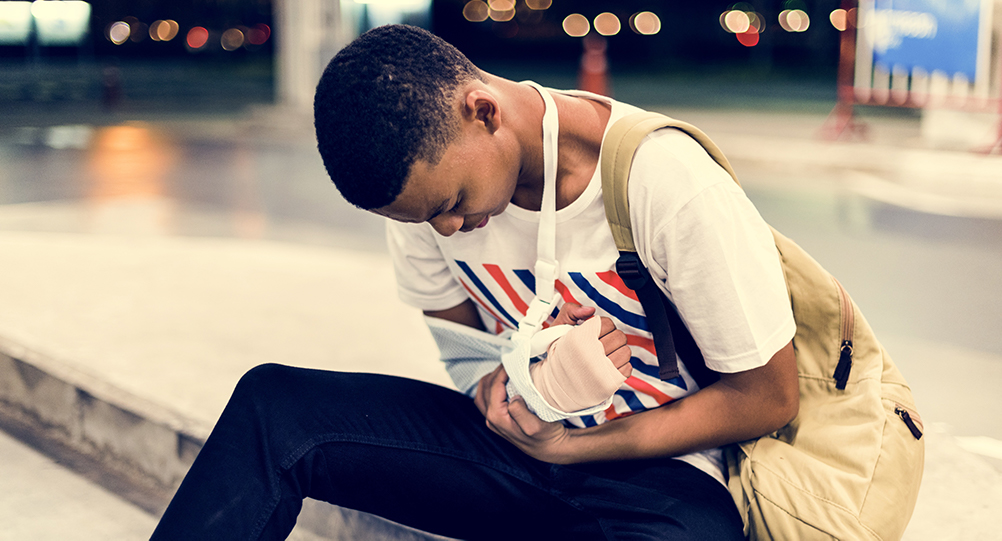Injury
WH&Y authors: Professor Rebecca Ivers
- In Australia, injury is the leading cause of death and hospitalisation among children and young people.
- Rates of adolescent injury-related death and disability are highest among males, those residing in rural or remote areas, and Aboriginal and Torres Strait Islander people.
- The main causes of injury for teenagers are intentional self-harm, transport injury and assault.

WHAT WE KNOW
Although largely preventable, injury has profound and ongoing impacts on Australian teenagers every year.
The patterns of injury among young people are different from those among other age groups. This is partly because the new responsibilities, opportunities and freedoms of the Teenage Decade make it possible for young people to try new things and engage in risky behaviours, including experimenting with alcohol and drugs.
Additionally, young people’s maturity, decision-making and hazard-perception skills are still developing. Combined with over-confidence and peer pressure, this can lead to young people making decisions based on social influence rather than their own assessment of safety concerns.
WHY IT MATTERS
-
Independence and new life opportunities can lead to young people making risk-taking decisions.
-
Injury in the adolescent period can lead to death or a lifetime of disability, with ongoing impacts on family and community.
-
Because injury is so common among teenagers, we need community-wide approaches to safety to help mitigate risks. Examples of successful initiatives in Australia include graduated driver licensing to reduce the risk of crashes, and mandatory use of helmets when riding bicycles to lower the risk of head injury.
SOURCES
-
Young Australians: their health and wellbeing 2011; Australian Institute of Health and Welfare.
About The Authors
Professor
Rebecca Ivers is Head, School of Public Health and Community Medicine, University of New South Wales...









